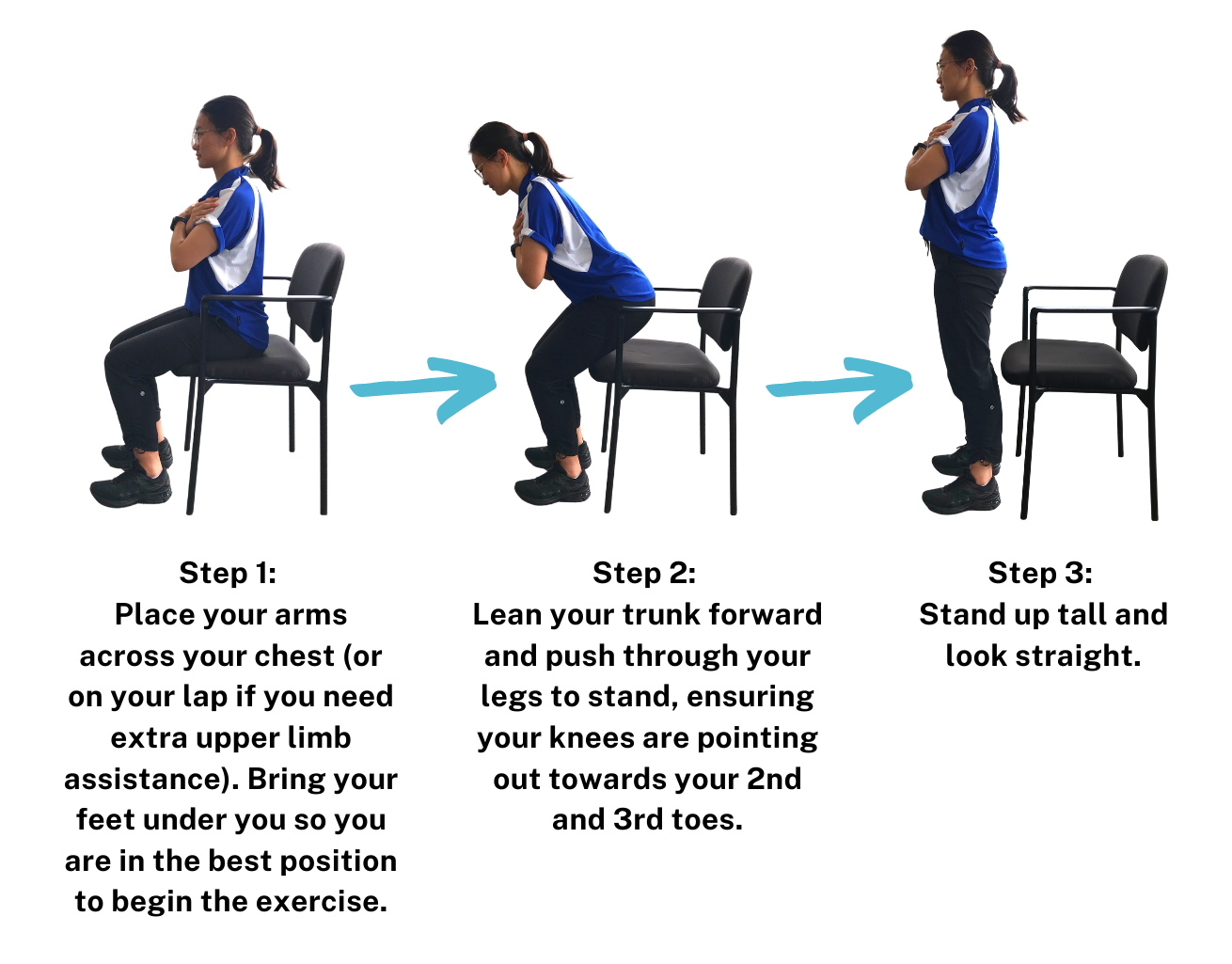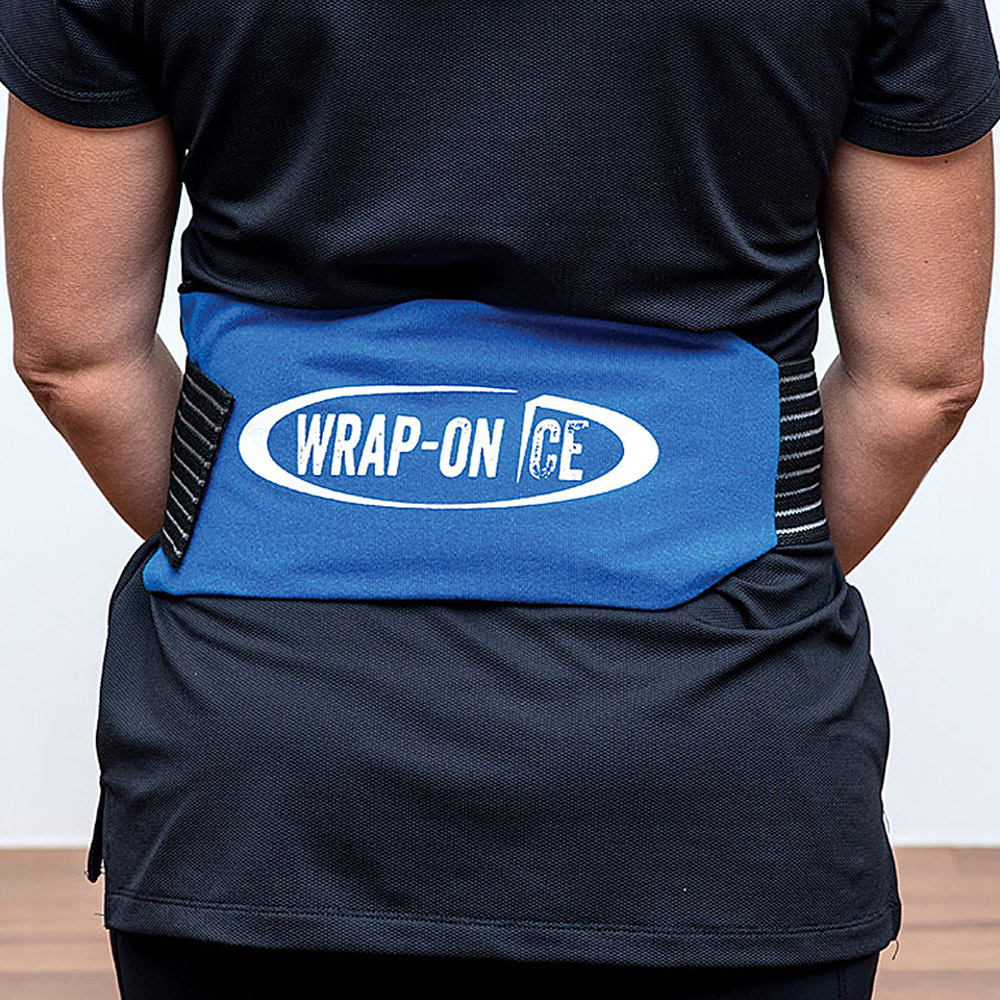February Newsletter
Growing Pains … how physiotherapy can help
Article by Graceville Physio Joni Levine
As children grow, they can develop various growing pains particularly in the thighs and calves. This is due to the fact that their muscles cannot keep up with the rate of bone growth. It can also be related to the amount and type of physical activity the child is involved in. Some children tend to do a lot of different sports, which is generally a good thing but has to be managed properly to avoid overtraining. Growing pains can occur throughout the year, but they are typically seen at the start of a year once children are getting back into sport after their summer holidays.
Growing pains are generally easy to treat if addressed early, with simple strategies such as rest, stretching, massage and heat/ice packs often helpful to reduce the pain. If left untreated, growing pains can become more complicated to treat and can develop into muscle tears, tendon issues and even conditions such as Severs Disease and Osgood Schlatter Disease. This results in prolonged time away from physical activity, which leads to multiple physical and psychological issues.
Physiotherapy is an effective treatment strategy for children with growing pains. Our physiotherapists are trained to identify the cause of the child’s growing pains, which then helps us to work out how to stop the growing pains from returning once they have been treated. Treatment techniques such as massage and strapping tape are often helpful to reduce the pain. Exercises are aimed at both reducing the child’s pain in the short-term, but also helping to prepare their muscles for the rigours of their specific physical activity. Our physiotherapists aim for each child with growing pains to be able to return to their preferred physical activity, and in most cases there is no reason why they cannot do this if treated early.
References:
Blanch P, Gabbett TJ. Has the athlete trained enough to return to play safely? The acute:chronic workload ratio permits clinicians to quantify a player’s risk of subsequent injury. British journal of sports medicine. 2016;50(8):471-5. Circi E, Atalay Y, Beyzadeoglu T. Treatment of Osgood–Schlatter disease: review of the literature. Musculoskeletal surgery. 2017;101(3):195-200. Drew MK, Finch CF. The Relationship Between Training Load and Injury, Illness and Soreness: A Systematic and Literature Review. Sports medicine (Auckland, NZ). 2016;46(6):861-83. Gholve PA, Scher DM, Khakharia S, Widmann RF, Green DW. Osgood Schlatter syndrome. Current opinion in pediatrics. 2007;19(1):44-50 Maffulli N, Longo UG, Spiezia F, Denaro V. Aetiology and prevention of injuries in elite young athletes. Medicine and sport science. 2011;56:187-200.
Help maintain and improve your mobility with this sit to stand exercise
Sit-to-stand is a very functional exercise to improve your lower limb strength. No doubt this is something we do often in our daily lives! Start with 10 sit-to-stands and work up as you build your strength and endurance.


Wrap-on Ice
Wrap-On Ice is a popular and very versatile all in one Hot and Cold Therapy Wrap that can be fitted comfortably to areas of the body that require treatment.
Suitable for treating ankles, calves, quadriceps, hamstring, knees, shoulders, wrist, elbows and back. $24.
We also stock a range of other hot/cold therapy packs including wheatbags, propacks and heat patches. Ask to see our range at Reception today!
You can also check out our online store for more physio related products that might help to alleviate your pain or help with your prescribed physio rehab exercises.
